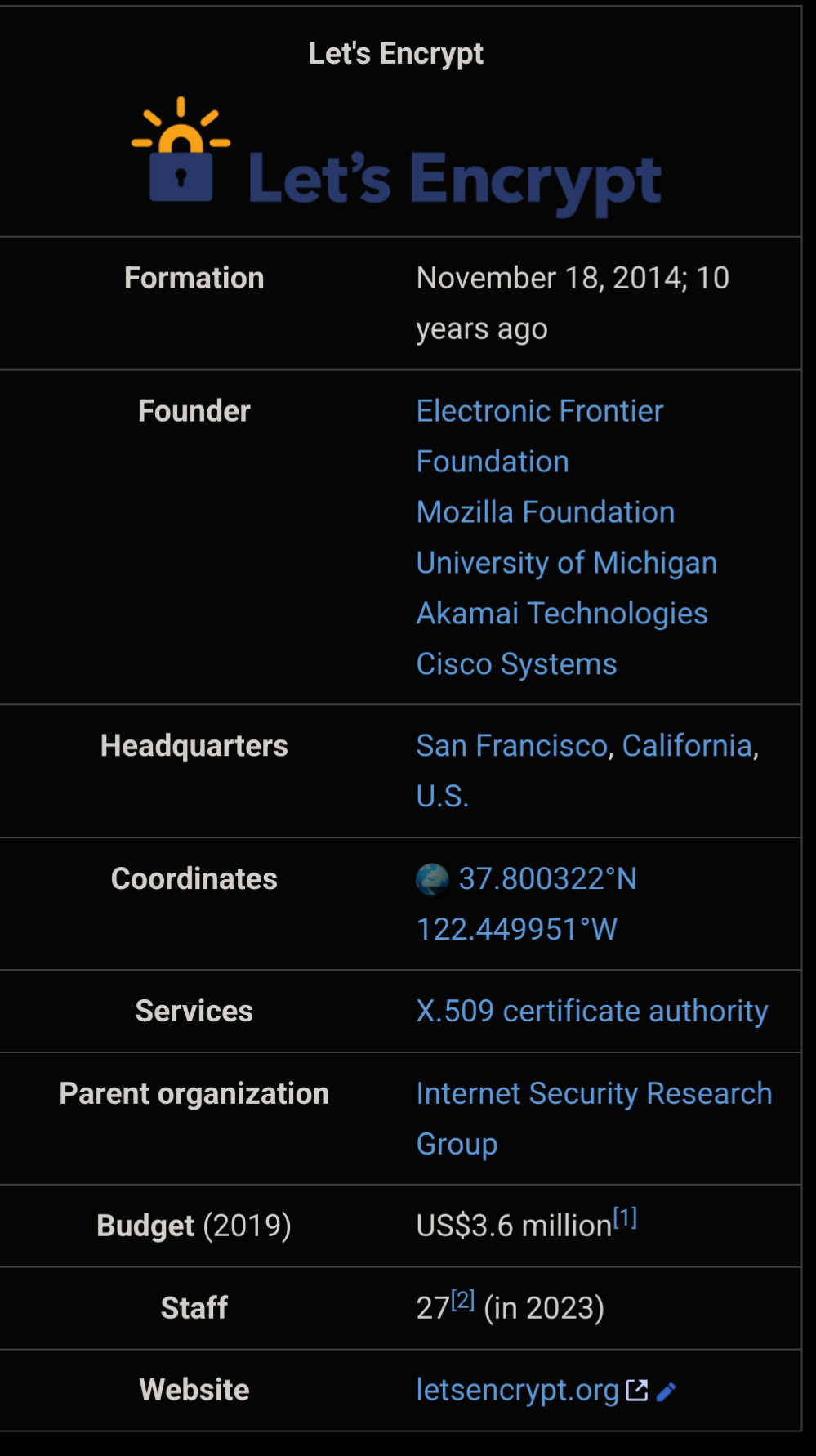pcouy
Hâve you made a persistent volume for /etc/nginx (or any of its subdirectories) ?
IIRC, the templates are interpolated/copied on container start if the resulting configs do not exist already. Having a persistent volume would cause the issue you're experiencing
I had one such case recently, turned out it was due to a faulty SATA (data) cable. Once you find which drive is clicking, try plugging it with a new cable before declaring it dead.
dmesg output may contain some useful error messages. If you find errors related to I/O, block devices, SCSI or SATA, you should include them in your post
Someone registering the domain would be able to receive any email sent to any address under this domain, including password resets.
There is no such software (that works kind of reliably). I'd love to be proven wrong, but I've looked into it enough that I'm quite confident it does not exist
I live in Lyon, and I'm soooo happy to hear about this ! 🤩
I see both mastodon and lemmy
How about putting it at the top of the article, or using the dedicated "editor's note" button they put right below the title ?
Found it thanks
Why did they burry what's arguably the most important piece of information at the very end though ?
I'm not seeing this editor's note (at least on mobile). Where is it ?
Edit 2: never mind, found it
How reliable is this website ? I see clickbaity headlines from it all the time around here and the Wikipedia page is mostly empty


I once had a similar issue, caused by the keyboard layout in the os installer (when I defined the password) being different from the keyboard layout used for unlocking the drive. I quickly leaned to type my password in qwerty on my azerty keyboard and all is fine now.
Another similar thing I'm thinking about is trying with caps lock, as you may have had it on when defining the password